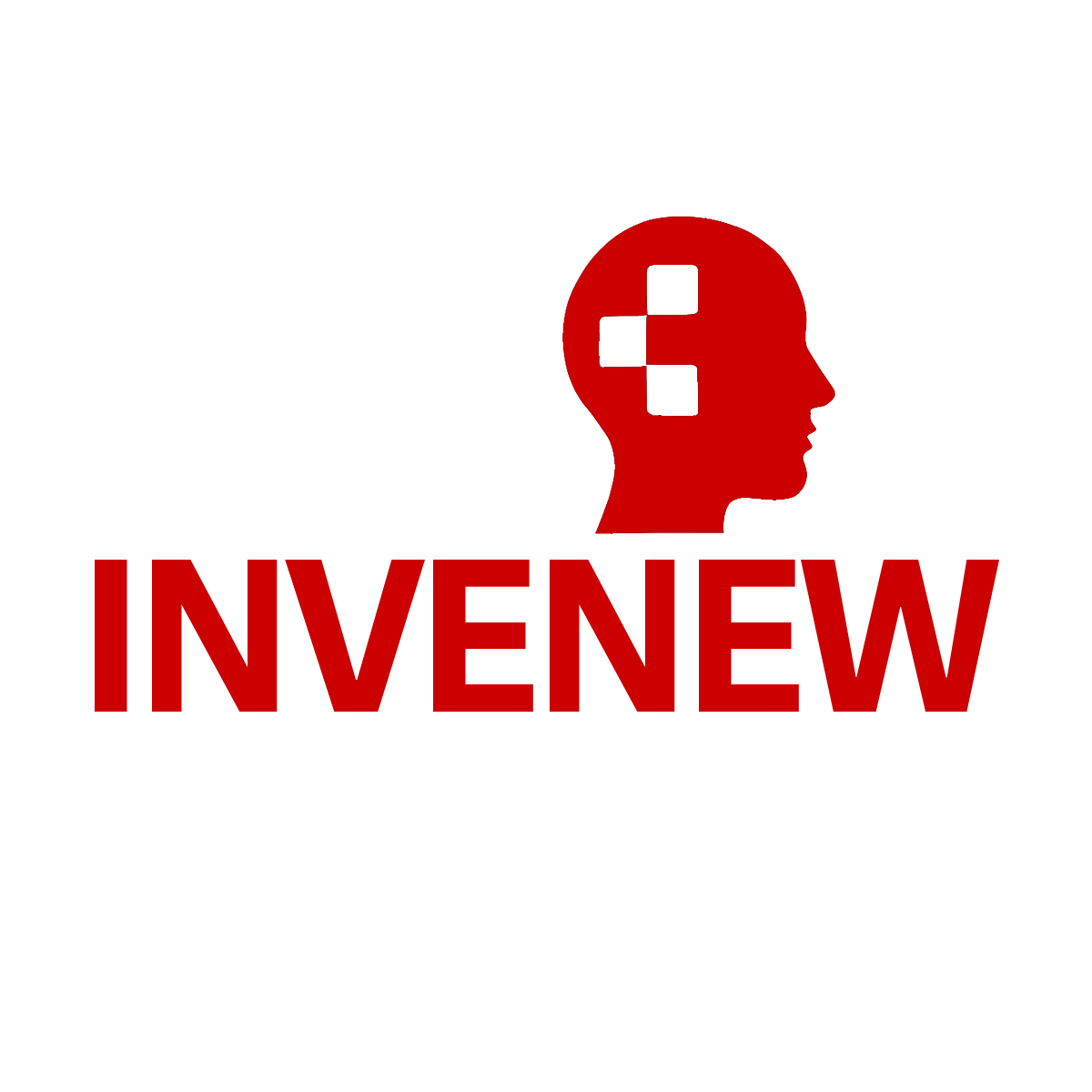AutoGen is a harbinger of a new era in LLM applications. Born from the complexities of modern technology, AutoGen stands as a solution, simplifying the orchestration of intricate workflows involving advanced LLMs like GPT-4. Its design is geared towards harnessing the full potential of these powerful models, paving the way for innovative applications that were once deemed too complex or unfeasible.
The Need for AutoGen in Modern Technology
The development of AutoGen responds to a growing challenge in technology: the complexity of leveraging LLMs. As these models evolve, becoming more potent and intricate, the workflows required to optimize their capabilities grow equally complex. Designing, implementing, and optimizing these workflows demands a high level of expertise and effort. AutoGen emerges as a vital tool in this landscape, offering a streamlined approach to managing these sophisticated systems. It embodies the bridge between the vast potential of LLMs and their practical, efficient application in a range of complex scenarios.
How AutoGen Works
AutoGen operates on a simple yet powerful premise: creating an ecosystem of agents, each with specialized roles and capabilities, that interact seamlessly to accomplish tasks. At its core, AutoGen revolves around two key steps:
- Defining Agents: Users identify and set up agents with distinct abilities and roles tailored to specific tasks.
- Orchestrating Interactions: These agents are programmed to interact in predefined ways, ensuring efficient and effective communication and task completion.
This approach transforms the complexities of LLM workflows into manageable, modular components. These agents are not only reusable but can be composed in various configurations to suit diverse needs. For instance, in a system designed for code-based question answering, the agents’ interactions are finely tuned to reduce manual interventions significantly, thereby streamlining the entire process.
Integration of LLMs, Humans, and Tools in AutoGen
At the intersection of machine intelligence, human oversight, and digital tools lies AutoGen’s unique capability. It seamlessly integrates these elements, creating a harmonious blend of technology and human intellect. AutoGen agents leverage the strengths of LLMs, while human insights and digital tools fill in the gaps, enhancing the system’s overall effectiveness. This integration allows for a flexible, adaptive approach to solving complex tasks, where each component – be it an LLM, a human, or a tool – plays a pivotal role in the workflow. The result is a system that is not only efficient but also highly adaptable and capable of handling a wide array of tasks with precision.
Key Benefits of AutoGen
AutoGen’s design, centered around agent conversations, brings forth a suite of advantages. This innovative approach naturally navigates ambiguities and invites collaboration, feedback, and progressive refinement. Its versatility shines in coding-related tasks, where it facilitates back-and-forth troubleshooting and tool usage. Moreover, AutoGen enables users to fluidly join or leave conversations, offering a user-centric experience. The culmination of these benefits is a system that not only solves tasks but does so by leveraging the collective expertise of specialized agents. The result is a marked improvement in task efficiency and overall system effectiveness.
Practical Application and Use Cases
AutoGen’s utility extends across various domains, demonstrating its versatility and adaptability. In real-world applications, AutoGen has been instrumental in enhancing efficiency and effectiveness. For instance, in supply-chain optimization, the framework drastically reduces the need for manual interactions. Such applications showcase AutoGen’s potential to transform complex tasks into more manageable and streamlined processes. The framework’s flexibility allows it to be tailored to a wide range of scenarios, making it a valuable tool in any technology professional’s arsenal.
Getting Started with AutoGen
Embarking on the AutoGen journey is straightforward. Available as a Python package, it can be easily installed with a simple command: pip install pyautogen. Starting with AutoGen involves initializing an assistant agent and a user proxy agent, and then triggering an automated chat to solve tasks. This process, requiring only a few lines of code, opens up a world of possibilities. Users can explore a plethora of examples to understand the diverse range of tasks AutoGen is capable of handling. This ease of setup and use is a testament to AutoGen’s user-friendly design, making it accessible to a broad spectrum of users, from novice programmers to seasoned developers.
As an open-source, community-driven project, AutoGen thrives on contributions from diverse backgrounds, encompassing both academia and industry. Its roots trace back to FLAML, a fast library for automated machine learning and tuning, signaling its deep ties to the forefront of AI research. Collaborations from academic powerhouses like Pennsylvania State University and the University of Washington, along with product teams like Microsoft Fabric and ML.NET, underscore its significance. AutoGen is positioned at the vanguard of next-generation application development, offering a fertile ground for creativity and innovation. Its potential to revolutionize how we build and interact with AI applications is immense, making it a pivotal tool in shaping the future of technology.
Final Words
AutoGen stands as a beacon in the technological landscape, heralding a new phase in the utilization of large language models. It bridges the gap between the sophisticated capabilities of LLMs and their practical, everyday applications. Through its innovative design, seamless integration of diverse agents, and ease of use, AutoGen simplifies what was once a daunting task, making advanced LLM applications more accessible and efficient. As it continues to evolve, driven by a community of diverse contributors, AutoGen promises to be a key player in the ongoing revolution of AI and technology, shaping the way we interact with and benefit from these powerful tools.
____
References:
- Microsoft Research. (n.d.). AutoGen: Enabling next-generation large language model applications. https://www.microsoft.com/en-us/research/project/autogen-enabling-next-generation-large-language-model-applications/
- Geeky Gadgets. (n.d.). How to use Microsoft AutoGen with multiple prompts and AI agents. https://www.geeky-gadgets.com/how-to-use-microsoft-autogen/
- LinkedIn. (n.d.). Microsoft AutoGen: Orchestrating the Future of Large Language Models. https://www.linkedin.com/pulse/microsoft-autogen-orchestrating-future-large-language-ahmed-albadri-glfvf/
- Medium. (n.d.). Microsoft AutoGen. A Game-Changer in AI Collaboration. https://medium.com/analytics-vidhya/what-is-microsoft-autogen-284c522395ca
- Geeky Gadgets. (n.d.). How to setup and use the new Microsoft AutoGen AI agent. https://www.geeky-gadgets.com/microsoft-autogen/



